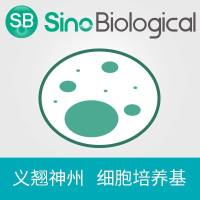Preparation of Cell-Free Extracts from Mycobacteria
互联网
930
Much work in the mycobacterial field has focused on the identification and characterization of antigenic proteins (1 ,2 ); many have now been identified and assigned a function; for example, the immunodommant 65kDa antigen of Mycobacterzum tuberculosis has been identified as a chaperonin (3 ) and the 28-kDa antigen of Mycobacterzum leprae was shown to be superoxide dismutase (4 ). In the beginnings of mycobactertal molecular biology, antigenic proteins were identified by screening M. leprae and M tuberculosis expression libraries in Escherichia coli (5 –9 ) with mouse monoclonal antibodies (MAbs) (7 ,8 ) and polyclonal sera from rabbits (10 ,11 ) and patients (12 ,13 ). Although E. coli is still being used for the overexpression and purification of mycobacterial proteins (14 ), the use of nonpathogenic mycobacterta, such as Mycobacterium smegmatis as surrogate hosts may be preferable (15 ). For example, several mycobacterial proteins have been shown to undergo post-translational modification, such as glycosylation (15 ,16 ). Because glycosylation does not occur in E. coli , the study of such proteins in their native state requires the use of mycobacterial hosts. The preparation of cell-free extracts and protein purification from mycobacteria is a prerequisite for this kind of work.









